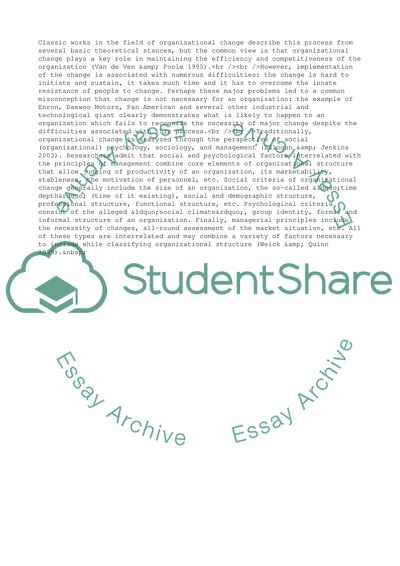Cite this document
(Models of Strategic Change Term Paper Example | Topics and Well Written Essays - 2500 words, n.d.)
Models of Strategic Change Term Paper Example | Topics and Well Written Essays - 2500 words. Retrieved from https://studentshare.org/management/1728840-strategic-change
Models of Strategic Change Term Paper Example | Topics and Well Written Essays - 2500 words. Retrieved from https://studentshare.org/management/1728840-strategic-change
(Models of Strategic Change Term Paper Example | Topics and Well Written Essays - 2500 Words)
Models of Strategic Change Term Paper Example | Topics and Well Written Essays - 2500 Words. https://studentshare.org/management/1728840-strategic-change.
Models of Strategic Change Term Paper Example | Topics and Well Written Essays - 2500 Words. https://studentshare.org/management/1728840-strategic-change.
“Models of Strategic Change Term Paper Example | Topics and Well Written Essays - 2500 Words”. https://studentshare.org/management/1728840-strategic-change.


